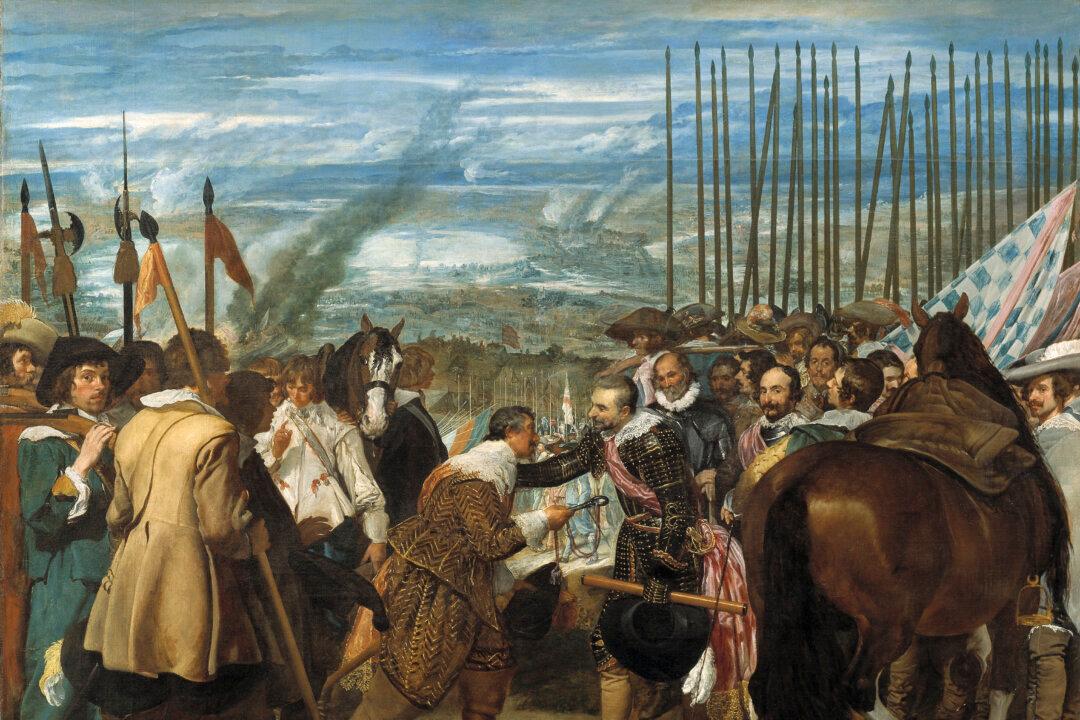On June 5, 1625, Justin van Nassau led the defeated remnants of his Dutch army out of the strategically vital city of Breda. When they first came under siege, they had numbered 7,000 soldiers. Now only half remained. Another 10,000 Dutchmen and over 6,000 allied Englishmen had died—including civilians from the city and soldiers of armies which attempted to reinforce it.
The magnitude of the defeat made it easy to forget that it was not a disgrace. Breda’s garrison had faced 23,000 men of the Spanish army—then the most organized in Europe. Its enemy’s commander was Ambrogio Spinola, the age’s greatest master of siege warfare, and it held out against overwhelming odds for over nine months.





